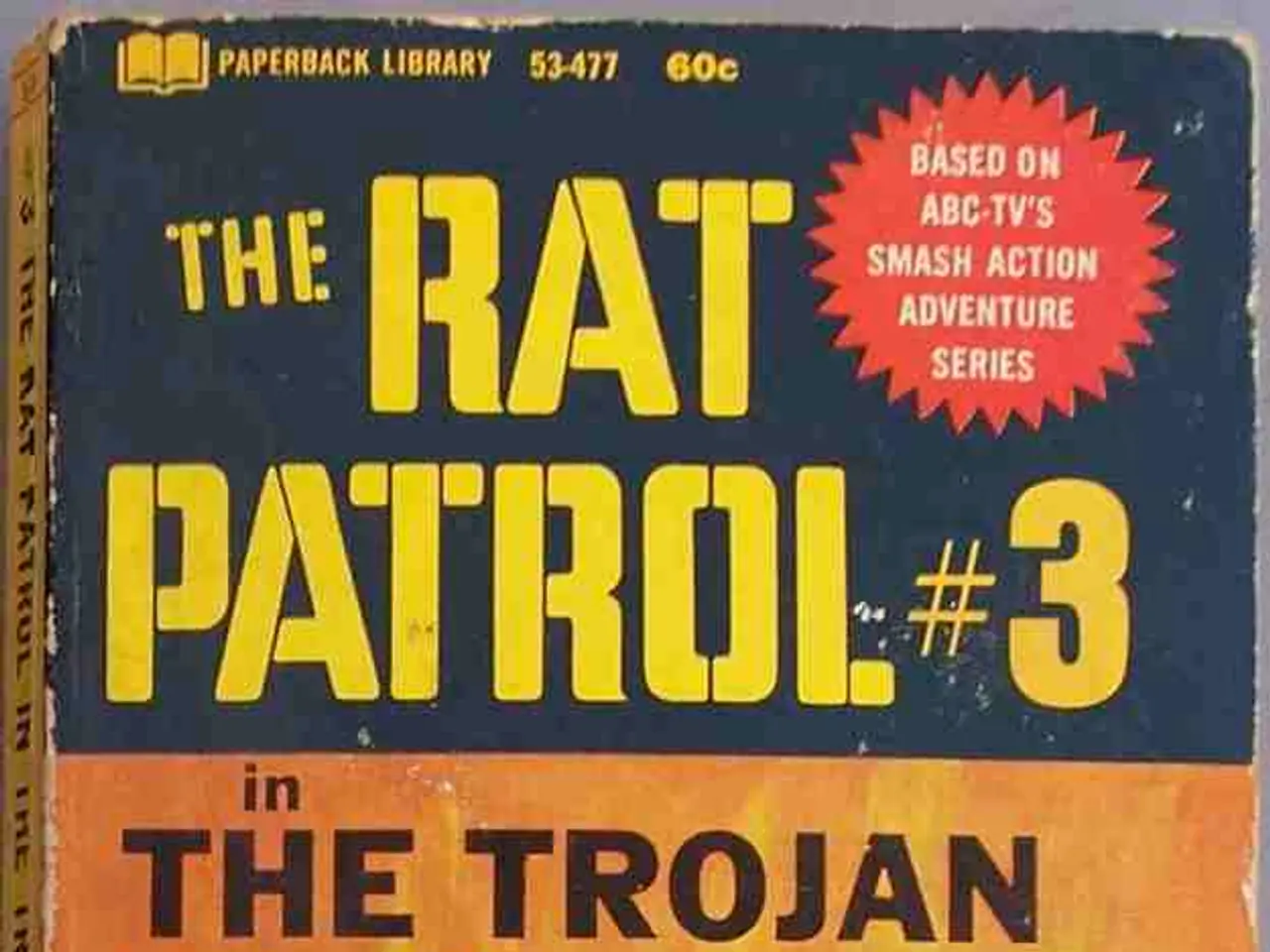United States-United Kingdom alliance solidified: Atlantic Charter marks its inception
Strengthening the Special Relationship: The Atlantic Charter of 1941
In the midst of World War II, on August 14, 1941, British Prime Minister Winston Churchill and U.S. President Franklin D. Roosevelt issued the Atlantic Charter, a joint declaration that marked a turning point in the war and set the stage for the postwar international order.
The Atlantic Charter was a vital expression of purpose and sentiment for the Allies, asserting principles such as no territorial aggrandizement, self-determination for peoples, free trade, improved labor and social standards, and the promotion of peace and disarmament after Nazi tyranny was defeated.
Churchill, though ruthlessly calculating, was more sympathetic to Britain's cause, and he saw America as an essential ally in the conflict. Despite the American isolationist tradition and the reluctance of many US politicians to involve themselves in another "foreign" war, the Atlantic Charter marked a fundamental shift toward multilateralism and collective security.
The Charter cemented the "special relationship" between Britain and the United States by formalizing their cooperation and shared values. It emphasized mutual respect for sovereignty and democracy and established a partnership that would persist throughout and after the war, underpinning political, military, and economic collaboration between the two nations.
The concept and even the name "United Nations" originated from Roosevelt's vision during the Atlantic Charter meetings. Notably, the Atlantic Charter had no legal status and no physical document was formally signed by Roosevelt and Churchill. However, it was the catalyst for the formation of the United Nations, which the U.S. joined as the first major power in 1945, and the postwar international system promoting collective security.
Churchill framed the transatlantic bond in sacred terms when he addressed Congress at the end of 1941. The Quebec and Hyde Park Agreements, and the lineaments of the UK-US relationship for the next 80 years, were built upon the Atlantic Charter.
Despite the wariness and anxiety that have at times been present in the UK-US relationship, Churchill's sympathetic stance towards Britain and the Atlantic Charter's emphasis on shared values and cooperation have endured, redrawing the parameters of the UK-US relationship and these parameters remain in place.
\n\n [1] Atlantic Charter, 14 August 1941, https://www.archives.gov/federal-register/codification/executive-orders/12408/pdf
\n\n [3] The Atlantic Charter, 14 August 1941, https://www.archives.gov/federal-register/executive-documents/1941/vol17/no155/frag-2.html
\n\n [5] The Atlantic Charter, 14 August 1941, https://www.archives.gov/federal-register/executive-documents/1941/vol17/no155/frag-3.html
- The Atlantic Charter, in 1941, not only outlined the principles for the post-Nazi tyranny international order, but also signified a shift in American politics, emphasizing the importance of collective security and multilateralism in insurance policies and policy-and-legislation, particularly in the field of general news related to international cooperation.
- As the UK-US relationship evolved, the Atlantic Charter of 1941 served as a cornerstone, shaping politics and policy-and-legislation towards a shared focus on mutual respect for sovereignty and democracy, thereby establishing a framework for continued cooperation not just in war, but also in matters of insurance, policy, and general news.








